Think the Olympic stadiums will be filled by corporate fat cats next year? Think again.
London 2012 sponsor Procter & Gamble might have 6,000 tickets, yet it’s giving 90% of them away. Even Irwin Lee VP and general manager for UK & Ireland put his faith in the ballot like the rest of us rather than trousering a few for himself. He won seats at the football and basketball.
The millions who weren’t as lucky as Lee have another chance to see the Olympics unfold, however. Between now and next June, P&G will be giving shoppers the chance to win tickets via on-pack competitions and a range of other activities. Just 600 of P&G’s tickets will be held back and even those won’t be creamed off by executives, says Lee. They’ll be used to drum up support from the media.
It’s a remarkably big giveaway, but then again, it’s a remarkably big sponsorship deal. P&G is thought to have paid well over £100m to sponsor London 2012 and be a key partner for every winter and summer Olympic and Paralympic event to 2020 making it the biggest sponsorship deal in Olympic history.
Needless to say, for that, Lee expects remarkably big returns. “For every pound we put in we expect to get two to three back,” he says. But it’s not just through ticket giveaways that he’s hoping to generate such a significant ROI. For P&G, mum’s the word. Literally.
Traditionally, the Games’ partners have been single brands such as Coke or McDonalds. With P&G’s reach spanning more than 30 categories and brands as disparate as Gillette, Pampers and Ariel, it needed to adopt a very different approach, explains Lee.
“We’ve hung the marketing strategy on a central idea and that central idea is thanking mums,” he says. “Not just Olympic mums, but everyday mums. That’s why you will see us investing in big PR events and partnering with athletes. We will be telling the story of the athletes and their upbringing and how their mums prepared them to be great athletes.”
The ‘Thanking Mums’ ad first devised for the Vancouver Winter Olympics illustrates a radical change of tack for P&G. In the past, the corporation has been barely visible behind its products, its campaigns centring on specific brands with no mention of the behemoth behind them. Now P&G has stepped out from the shadows to put its name at the centre of the ads, which feature the strapline: ‘P&G Proud Sponsor of Mums’ as well as references to the individual brands.
Lee concedes such a move which goes much further than rival Unilever’s addition of a corporate ‘signature’ to all its ads is not without risks. “A lot of marketing experts have raised the point, which is valid, that you risk dragging down your other brands or your whole company if one brand gets into trouble,” he says. “In the past we were much more defensive, much more risk averse. But today if you want to find out who the company is behind a brand, you can. There really is no hiding. So we’re coming forward and talking about our values.”
By doing so, Lee hopes to leverage the power of association. “There’s the supporting benefit of this that when a consumer who loves Head & Shoulders finds out that the company that makes that product also makes Ariel, that consumer would then trust Ariel more,” he says.
There’s a clear practical benefit to the strategy as well when you have so many brands in so many categories it is much easier for marketing to mass them all under one banner.
The sheer scale of the machine beneath that banner with global sales of $79bn and more than 60 brands in the UK alone means the financial investment P&G has made is being matched by a huge number of man hours in submitting every scrap of its Olympic marketing material to the London Organising Committee of the Olympic and Paralympic Games (LOCOG) and the International Olympics Committee (IOC) for approval.
Given this extra cost, Lee is clear on what he wants back from the Olympic authority. “The threat of ambush marketing is at the very top of my conversation with them, particularly because in everything we do we need to get a stamp of approval from LOCOG and then the IOC,” he says.
“Every piece of material that goes in-store, every shelf marker, every PoS material, every single one of them has to go to them. So we said, ‘If you are being very strict with us about what we can and cannot do, then you’d better be very sure that you are policing the non-partners and that we don’t get hit by ambush marketing’.”
LOCOG and the IOC are being made to work for their money. So much so, LOCOG has hired more staff to deal with the amount of material P&G is submitting. Indeed, Lee says the volume of material P&G has delivered to the committee since April is equal to that from the rest of the sponsors combined for the whole year.
As London 2012 approaches, it’s only going to increase. “We have kept them on their toes,” adds Lee. “The IOC said as they get closer to 2012, they will have to up their resources as well.” Another key draw on resources is perfecting the strategy for retailers. Material will be individually tailored for each supermarket to ensure that, as Lee puts it, “the activity is unique and differentiated so retailers feel the event is special for them”.
The activity will include multi-brand and individual campaigns and ticket giveaways to generate excitement in-store as the opening ceremony approaches. For example, P&G will look to capitalise on Sainsbury’s sponsorship of the Paralympics in its activities with the retailer.
Keeping the supermarkets sweet has never been more important. With companies like P&G forced by soaring commodity prices to try and push through price increases, the relationship between suppliers and retail customers could not be more fraught. Lee concedes that the cost of doing business with them has increased in recent years and this has forced P&G to put its own operations under scrutiny as it looks to improve the bottom line.
“We are in a very difficult balancing act of trying to grow both the top line and the bottom line,” he says. “There was a time when we were growing the bottom line very well but people complained we were not growing our share as much. We are now growing share very nicely in a significant part of our business, so our top line is looking great, but because of the pressure this year alone we’ve been hit by $1.8bn of commodity costs inflation we need to take a lot more effort in costs savings.”
Nowhere is the conundrum P&G faces more starkly illustrated than in male grooming. Gillette may dominate the market but, according to recent sales figures, it is a brand eating itself from the inside. Sales of Gillette Fusion products may have risen 24.7% in the past year to hit £10.7m, but much of this growth has been at the expense of Gillette Triple Action (down 30.4%), Gillette Mach 3 Turbo (down 92.5%) and Gillette Series products (down 6%). The brand as a whole has lost about £1.6m in sales [Symphony IRI 52w/e May 10].
“With cannibalisation, you either do it to yourself or you allow others to do it to you,” says Lee. ” We’d rather do it to ourselves. More importantly, you expect to lose volume because the new generation blades are much better, so they last longer. But because you’re giving a better performance, people will be prepared to pay a little more for it and the value should go up. But in this very tough economic situation well, that equation isn’t netting up quite as we’d like. They’re trading up, but making blades last longer and not buying as many Fusion blades as we would like.”
With the brand’s clear sporting links, the Olympics will help revive Gillette’s fortunes, he insists. It’s clear P&G is aiming to make its Olympic sponsorship a genuine game-changer.
Irwin Lee snapshot
Age: 47
Born: The Philippines, to Chinese parents
Lives: Surrey
Family: Married to Mila, who also works for P&G, with twin sons, aged 14
Career: A P&G lifer, Lee has worked for the company for 25 years across a variety of roles in finance, marketing and general business in six different countries
Hobbies: Basketball (he plays every Tuesday). Lee is also a diehard dad-rock drummer. He bangs the drums for P&G house band (wait for it) Groom Armada. Favourites include Journey’s Don’t Stop Believin’ (not the Glee version, Lee is quick to clarify) and The Best A Man Can Get, off the Gillette ads. Cool
Last time he said ‘wow’: “Yesterday. Because of the Olympics. I said ‘wow’ because of the events that will be coming during the next 12 months for us as a company and for the nation”
P&G leavers: streamlining or ‘exodus’? It’s one of the world’s largest multinationals, presiding over global sales of almost $79bn and an enviable profit margin of 20%, but beneath the polished corporate veneer rumblings of discord can be heard.
In recent months, P&G has lost four senior figures, prompting questions about the stability of its leadership and its succession planning. Now the ructions at the top are being felt further down the corporate ladder, according to one headhunter.
“There is an exodus taking place. I have interviewed 20 people from P&G in the past few weeks and they have all claimed to have launched Pampers in the UK,” he told The Grocer recently, adding that P&G’s Beauty and Grooming team, set to lose its boss Ed Shirley at the end of the year, was suffering worst with outgoing staff citing “a lack of leadership” as a key reason for jumping ship.
Lee laughs at the suggestion of an exodus. “These departures are well-planned. These are high-level people who have ambitions to be CEOs. Our CEO is 59 and he’s not going anywhere. When you are 53 you are looking on and saying, ‘When will I get my shot?’”
In response to the suggestion that people a few rungs down are also looking to step off the ladder, Lee says: “We owe it to the organisation and to our cost management to streamline P&G. It’s all well planned and amicable. We’re proud that we continue to breed talent.” Even, it seems, if that talent goes on to seek new opportunities.



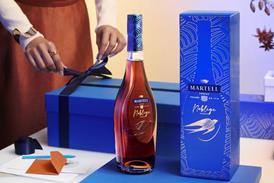





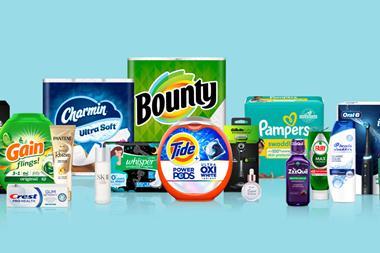
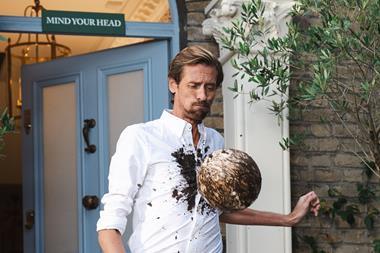

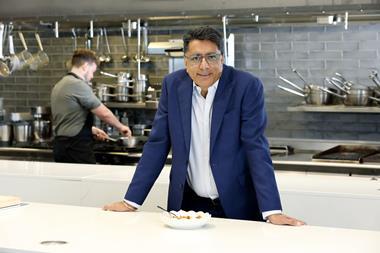

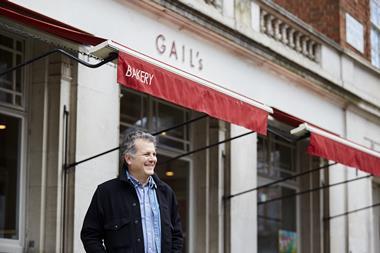
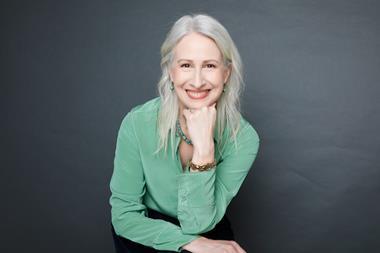
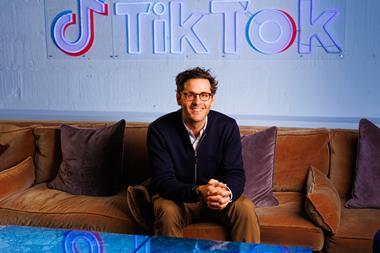

No comments yet